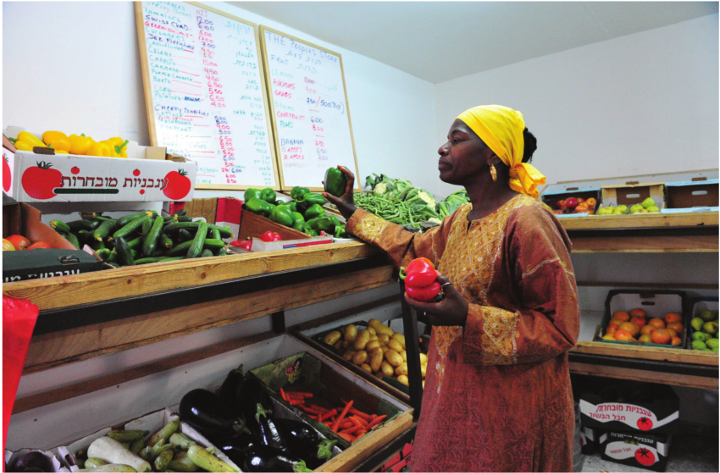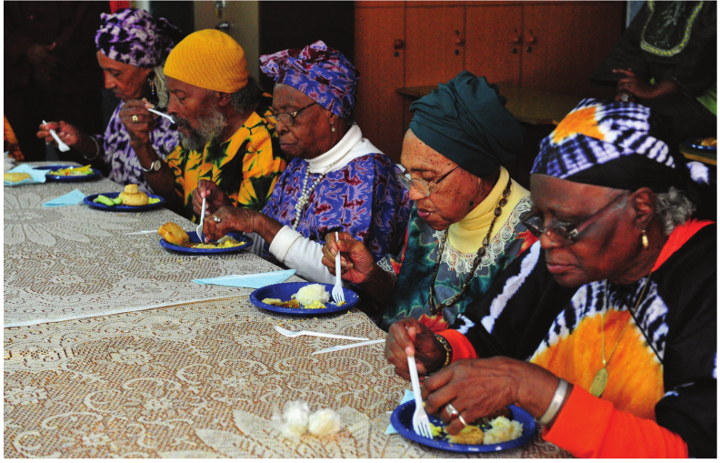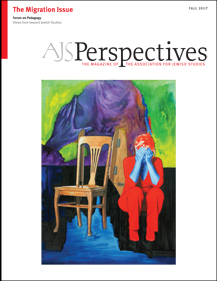

Like the uneven sounds of the machines that often grunted, growled, and occasionally howled, the process of working towards an indigenous identity was one of the community's many perceptible challenges. I witnessed the Hebrews' numerous failed attempts to demonstrate a brand of cultural authenticity that would be believed and taken seriously by those outside of the community. For example, in the cases of Uryon, who came to the community as an adolescent, Chaviva, who was born into the community and its practices, and Ahuva, who was an adult when she came into what is referred to as "Hebrew knowledge and identity," their endeavors as cultural workers who produce this form of indigeneity was confusing to most audiences. To detractors, these were just Black people who were pretending to be something they were not. The complexity of the Hebrew argument for their existence as an indigenous community amid significant cycles of migration was difficult for many to believe, particularly given the lack of scholarly attention to and public knowledge about indigenous identities in Black communities, and the plausibility of an identity grounded in a theological belief that many Blacks in the Americas are descendants of ancient Hebrew Israelites. Nevertheless, the three aforementioned Hebrews engage in what I refer to as an alternative sound experiment, producing the sounds of indigeneity that are counter to what others might believe is and can be authentically indigenous for this community. Through the sounds produced by their food preparation devices, they work tirelessly to illustrate their spiritual beliefs and shared practices through the vegan meals they prepare and the seemingly mundane commitment to uphold particular dietary standards for their families, the Hebrew community, and the wider public.
My framing of this alternative sound experiment is structured in and against the Hebrews' presentation of popularized depictions of the nutritionally bereft food cultures of the communities where the Hebrews emerged from their most recent place of exile and where some currently reside (i.e., Black American, Black British, Black Caribbean, Black South African, etc.). Therefore, I aim to attune the ears of this audience to the sounds of Hebrew indigeneity manufactured by Uryon, Chaviva, and Ahuva, who work to decimate old ways of constructing their identity in light of their desire to advance new yet, what Hebrews believe are, historic modes of being. Here, the sounds emitted from the machines are a compass for the direction of the community's goal of returning to what they believe to be their former indigenous selves through adherence to a foundational cultural practice, a plant-based lifestyle. Their indigenous self-making project focuses on producing, articulating, and translating claims about the self and their community through a register that often affords certain indigenous communities institutionalized rights and subsequent protections. Moreover, this construction of an indigenous identity works to address the condemning and enduring legacies of Blackness as a framework that often denies communities like the Hebrews authority to determine who they are, culturally, in the world, how they would like to be understood, and what it takes to be respected by a larger doubting public.
The sounds of the Hebrew process of indigenous self-making are inaudible to some who are unaccustomed to listening in certain of the registers. For many, there is a comfort in the traditional melodies of indigeneity, which adhere to more normative definitions, emphasizing histories that predate colonial encounters, situated geographic residency, and the maintenance of cultural difference. Nevertheless, for the Hebrews, their avant-garde sound of indigeneity is produced in another key, one that is grounded in the harmony of shared belief and group belonging, that is sharply attuned to the distinction of a belief in the ancient historicity of their social and political institutions, and that utilizes spiritual texts to harmonize these cultural productions across the diasporas created through the community's successive migrations over time. For Hebrews, their exile into these diasporas does not foreclose the possibility of indigeneity because of their multiple migrations but, in fact, it foregrounds their indigeneity by drawing from an argument about cultural memory being produced through the reconstruction and recommitment to indigenous practices (such as the plant-based diet outlined in Hebrew Scripture) and the assumption of a durable spiritual identity that cuts across multiple sites of migration. Uryon, Chaviva, and Ahuva, while residing in different locations within the Hebrew Diaspora, share an indigenous identity that is not connected to their residence in one space but rather to an indigenous mode of being in any space, which they demonstrate, in part, by producing the sounds of indigeneity wherever they reside.

